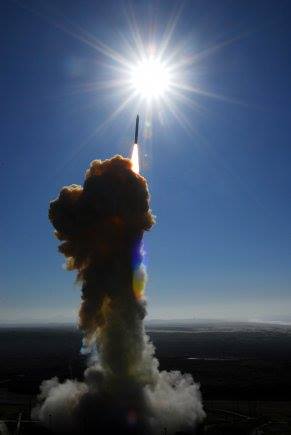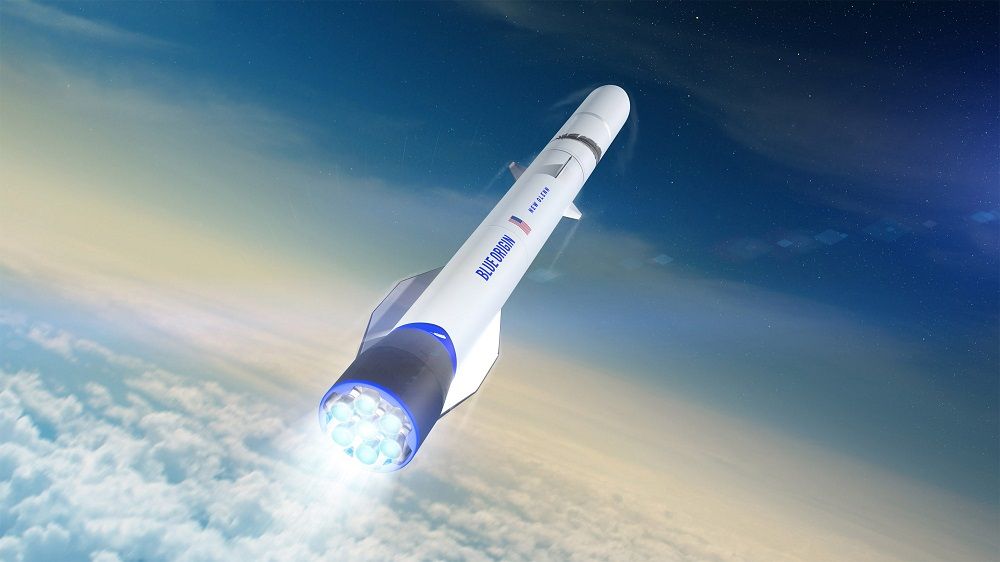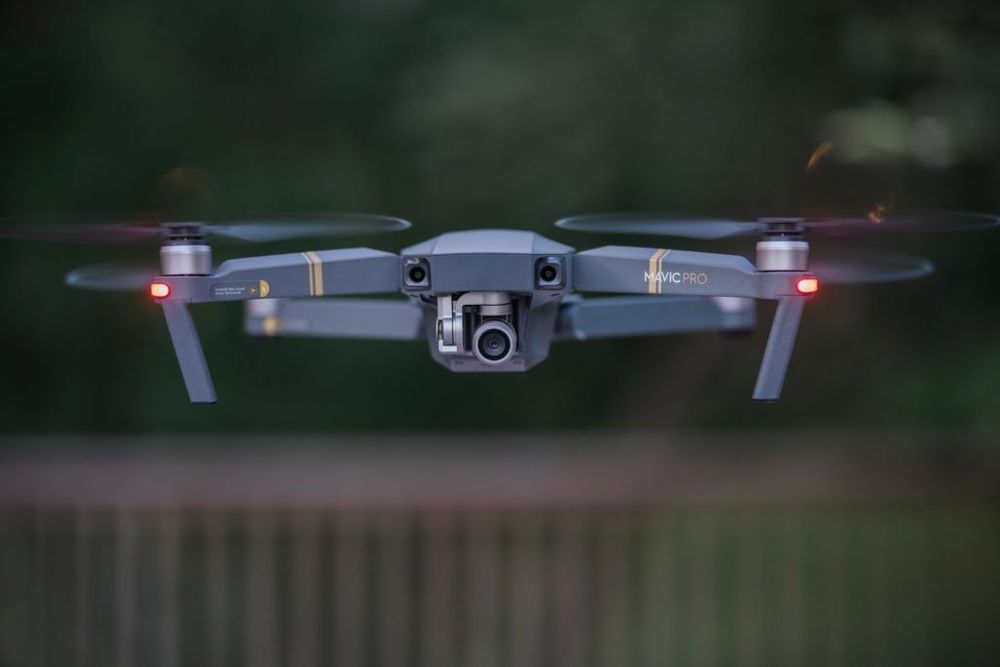Now, almost 100 years later, the Department of Defence, through its Next Generation Technology Fund, has selected 11 projects that exploit the extraordinary properties of quantum mechanics to deliver improved security for Australians. The Institute for Photonics and Advanced Sensing (IPAS) at the University of Adelaide is involved in four of these ambitious projects.
IPAS will work closely with the Defence Science and Technology (DST) Group on four ambitious quantum technology projects. Three of the four projects focus on quantum detection.
One project explores whether ‘quantum’ radar can be used to detect stealth aircraft.








